28 Feb March 2022 Yellowbill

President’s Message
Greetings, FAS members and friends. I hope this message finds you healthy and safe.
It is hard to believe that we are already in March! Spring is definitely in the air—wildflowers are blooming and soon our early spring migrants will be making their way back to the San Joaquin Valley and adjacent foothills. Personally, I am brimming with anticipation!
FAS resumed in-person field trips during the month of February and it was a success! The February 9 trip to River West and the February 19 trip to Wildwood Native Park were both well attended with great species lists!
We have a few in-person events scheduled for the month of March. On Wednesday, March 9, we have an exciting trip planned to hike the raptor trail along the Kings River. FAS will also be holding two bird walks at the Clovis Botanical Garden during the Spring Plant Sale on Saturday, March 19. Anyone interested in these events can check out the FAS event calendar for more information and links to registration: https://fresnoaudubon.org/event-calendar/. There is also a writeup for the trips in the newsletter below.
After reviewing the latest CDC guidelines, we have updated the requirements for attending FAS in-person field trips. We are no longer requiring that participants be fully vaccinated. Masks are now optional for all FAS outdoor events. We still require that participants must not be exhibiting any symptoms of Covid-19. Registration is still REQUIRED for all in-person field trips, and each participant must register individually. We appreciate your understanding and cooperation.
Thank you again to all of those who attended the February 8 general meeting. Dr. John Eadie talked to us about the secret lives of Wood Ducks, which was an excellent presentation. If you missed Dr. Eadie’s talk and would like to view the presentation, you can find it and other general meeting presentations on our YouTube channel at https://www.youtube.com/user/FresnoAudubon.
The next FAS general meeting is scheduled for Tuesday, March 8. Homer Hansen will be talking to us about early spring sparrows, which are a remarkable and diverse group of birds. Please check the newsletter below, our calendar, email announcements and FAS social media for links to registration.
I’d like to remind all of you that FAS is on Facebook, Instagram, Twitter, and YouTube. Please give FAS a follow if you haven’t already! This is a great way to engage with us and stay in the loop!
To end this message, I’d like to share a recent photo that I took just outside of Fresno. This is a Savannah Sparrow. Notice the pink legs and the dainty pink beak, the faint yellow in the lores (the area between the eye and beak), the pale throat and the dark “mustache” stripe, the streaky back, the streaky sides (which are not all that easy to see in this picture due to the bird’s position), and the short, notched tail. This species is a common winter resident here in the San Joaquin Valley, occupying open grassy habitats.
Please take care of yourselves!
Rachel Clark
Fresno Audubon Society President
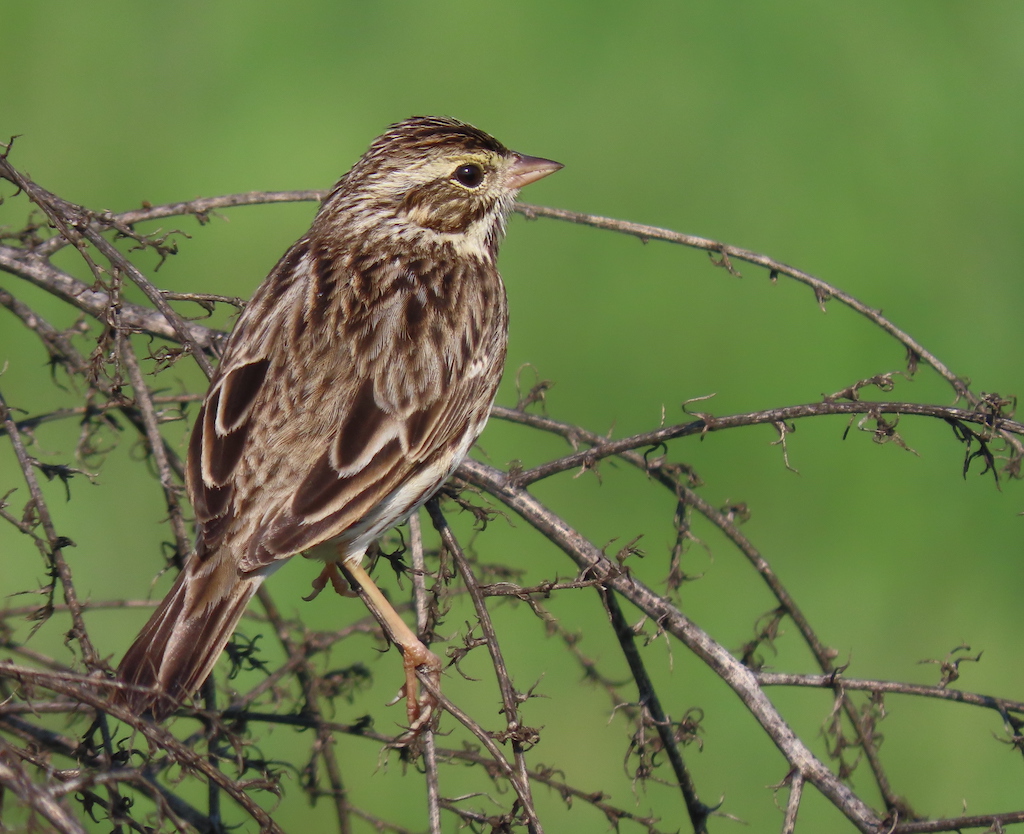
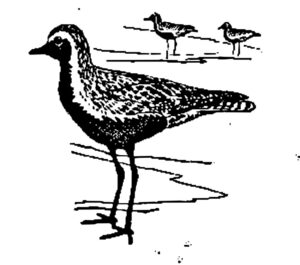
Fresno Audubon Society Board of Directors News
We have just updated our board member bios, so if you want to know more about your FAS Board members you can read about them here: https://fresnoaudubon.org/officers/. Just click on the name of a board member to read their biography.
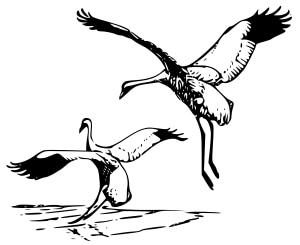
March General Meeting
Early Spring Sparrows
Homer Hansen
Tuesday, 8 March 2022

As spring approaches, our wintering sparrows prepare to leave and breeding species start to arrive, making it an ideal time to see a wide diversity of species. Part of the challenge of identifying sparrows is recognizing their generic and species-specific traits, including behavior and physical characteristics. This presentation will give an overview of a handful of similar species that share common habitat but have differences of natural history, behavior, and field marks that help tell them apart. Some of the similar species that will be discussed include Chipping and Brewer’s; White-crowned, White-throated, and Golden-crowned; Savannah and Vesper, and Sagebrush and Bell’s Sparrows.
To receive the Zoom link for the meeting, please register here.
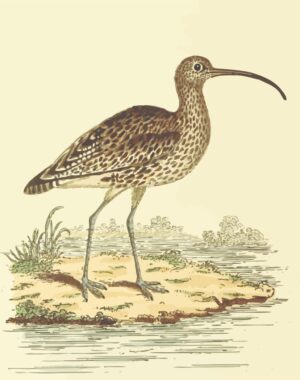
General Meeting Speaker Schedule
Following is the schedule for future speakers. This schedule is subject to change due to cancelations.

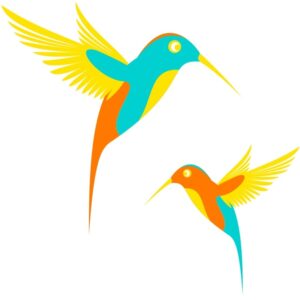
March Field Trips
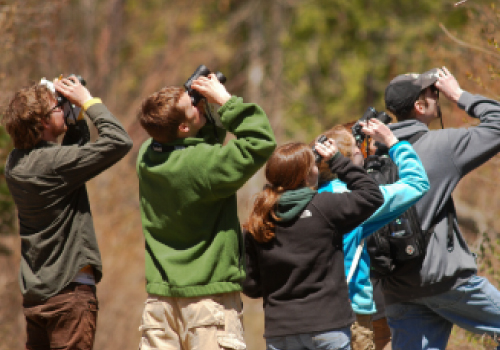
FIELD TRIP GUIDELINES DURING THE COVID-19 PANDEMIC ⏤ Fresno Audubon Society is again offering field trips during COVID-19 now that vaccinations are available to all. As we move into the endemic phase of the COVID-19 pandemic, everyone must determine their own level of risk aversion. The CDC’s newest recommendations state that masks should be optional when outdoors. It has been shown that a well-fitting N95 mask protects the wearer for several hours from an infectious dose of virus, so anyone concerned about exposure can choose to wear a mask near others if they feel at risk. Following are our current guidelines for our field trips.
- Participants must pre-register individually using the FAS event registration system.
- Participants must self-screen their own temperature before the outing and must not attend if they are feverish.
- Participants must consent to Fresno Audubon Society’s Liability Waiver by pre-registering.
- Social distancing is encouraged.
- Masks are not required, but participants are encouraged to wear a mask whenever they feel the need.
- We will not be sponsoring car pools but participants may form their own car pools.
- Participants must contact their trip leader should they test positive for COVID-19 within three days following the outing.
Wednesday 9 March 2022 ⏤ The Raptor Trail on The Kings River at Pine Flat Dam with John McDaniel
Join FAS for birding along the Kings River. The trail begins across from the parking lot on the south side of the bridge just below Pine Flat Dam. See map here: https://goo.gl/maps/WGfg5aFDtSBFFBD29.The trail is an easy walk of approximately a mile and a quarter each way, but be aware there is some uneven terrain and river rocks create a cobblestone surface in parts. Some of our target species include Golden Eagles, Bald Eagles, and Osprey. You MUST register to attend this event. Register here.
Meet in the parking lot at the south side of the bridge. If you want to look for directions from the eBird map, the Raptor Trail is just across the river from the North Riverside Access Park eBird Hotspot. GPS Coordinates 36.8298592686927, -119.33621274737327.
Participants should bring snacks, lunch (if desired), water, hat, sunscreen, and binoculars, and should dress in layers. Registration is required for this event. Register here. If you have any questions, please reach out to trip leader John McDaniel at (559) 779-7186 or email mandomac@comcast.net.
Saturday 19 March 2022 ⏤ Clovis Botanical Garden: Dry Creek Park and Cottonwood Park
FAS will be hosting two birding walks on Saturday March 19, 2022 during the Spring Plant Sale at the Clovis Botanical Gardens. We will bird the Dry Creek Park area next to the Clovis Botanical Gardens as well as the ponding basin across the street in Cottonwood Park. These will be short 1-1 ½ hour walks. The 9:00 am walk will be led by Susan Heidebrecht and the 10:30 am walk will be led by Judy Johnson. We expect to see a good variety of birds including warblers, bushtits, raptors, owls, and waterfowl. You can also check out the Spring Plant Sale at the Clovis Botanical Gardens either before or after the bird walk. We will meet for the walks at the Audubon table by the entrance to the Botanical Gardens.
Separate registration is required for each walk.
Contact Info:
9:00 Walk- Susan Heidebrecht sunheidebrecht@comcast.net (559) 313-1776.
10:30 Walk- Judy Johnson jajohn1@comcast.net (559) 977-2787.
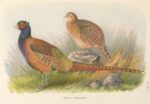
Spring Plant Sale event at the Clovis Botanical Garden
Seeking Volunteers
Would you like to help monitor Wood Duck nesting boxes?
We are reaching out to see if you might be interested in helping Bill Ralph, a volunteer with the California Wood Duck Program. Bill is seeking volunteers to help monitor established Wood Duck Nesting Boxes on ranch land in Madera County. The tasks would involve helping Bill with nest monitoring, duck and nestling measurement and possible banding. These tasks would be performed under Bill’s direction, and training is available. Ability to climb a ladder is necessary. Time commitment would typically be one 6-hour day every two weeks, beginning early morning, ending by 2pm, from around March through July. Partial schedules may also be available. If you are interesting in helping, please reach out directly to Bill at bill@dryadranch.com or cell 559-676-0291.

Fresno-Madera Birds
by Jeff Davis
Including reports for the period of
January 16, 2022 to February 15, 2022
Providing an unusual winter record, a Whimbrel flew south along the Madera Canal February 9 (RS).

The Red-naped Sapsucker discovered at Sierra Cedars Meadow December 8 was present at least through February 12 (JT); the one found along Road 209 December 30 was present January 25 (ph. RS) and January 27 (CH); and another, our third this season, was at Bass Lake February 5 (ph. NP, LP) and February 9 (ph. JD).
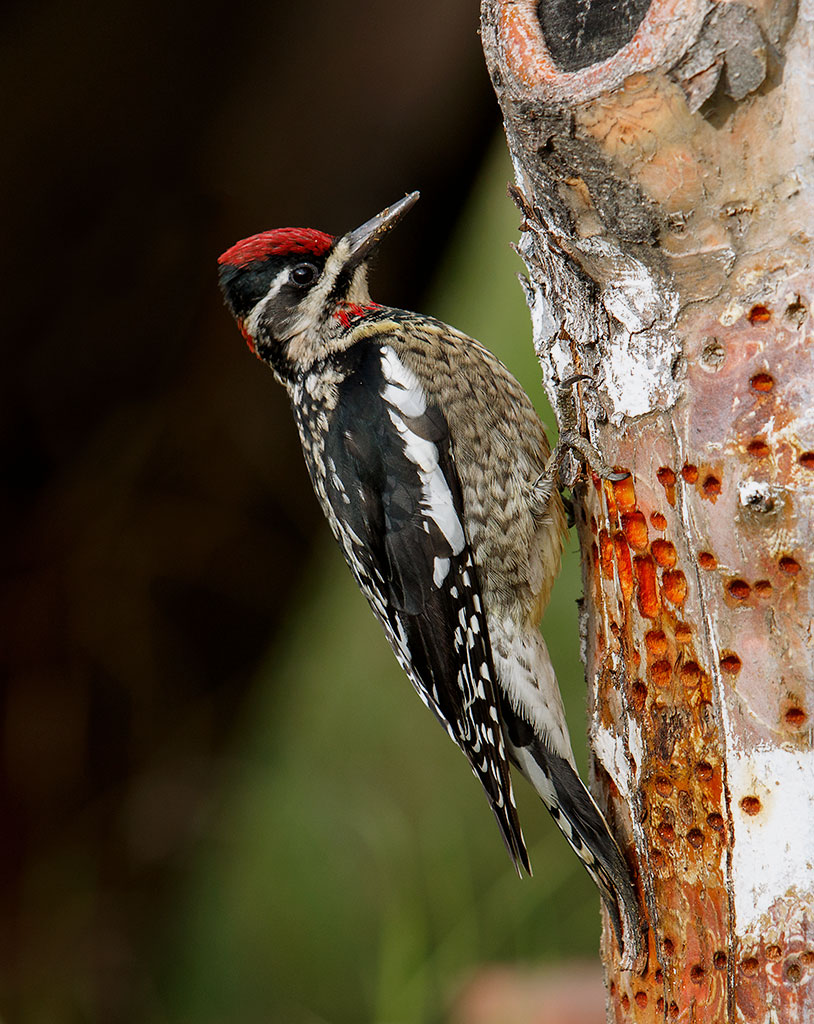
The first of the returning migrant landbirds arrived this period. They included two Northern Rough-winged Swallows at Jensen River Ranch February 13 (RS) and two Cliff Swallows at River West February 4 (JM).
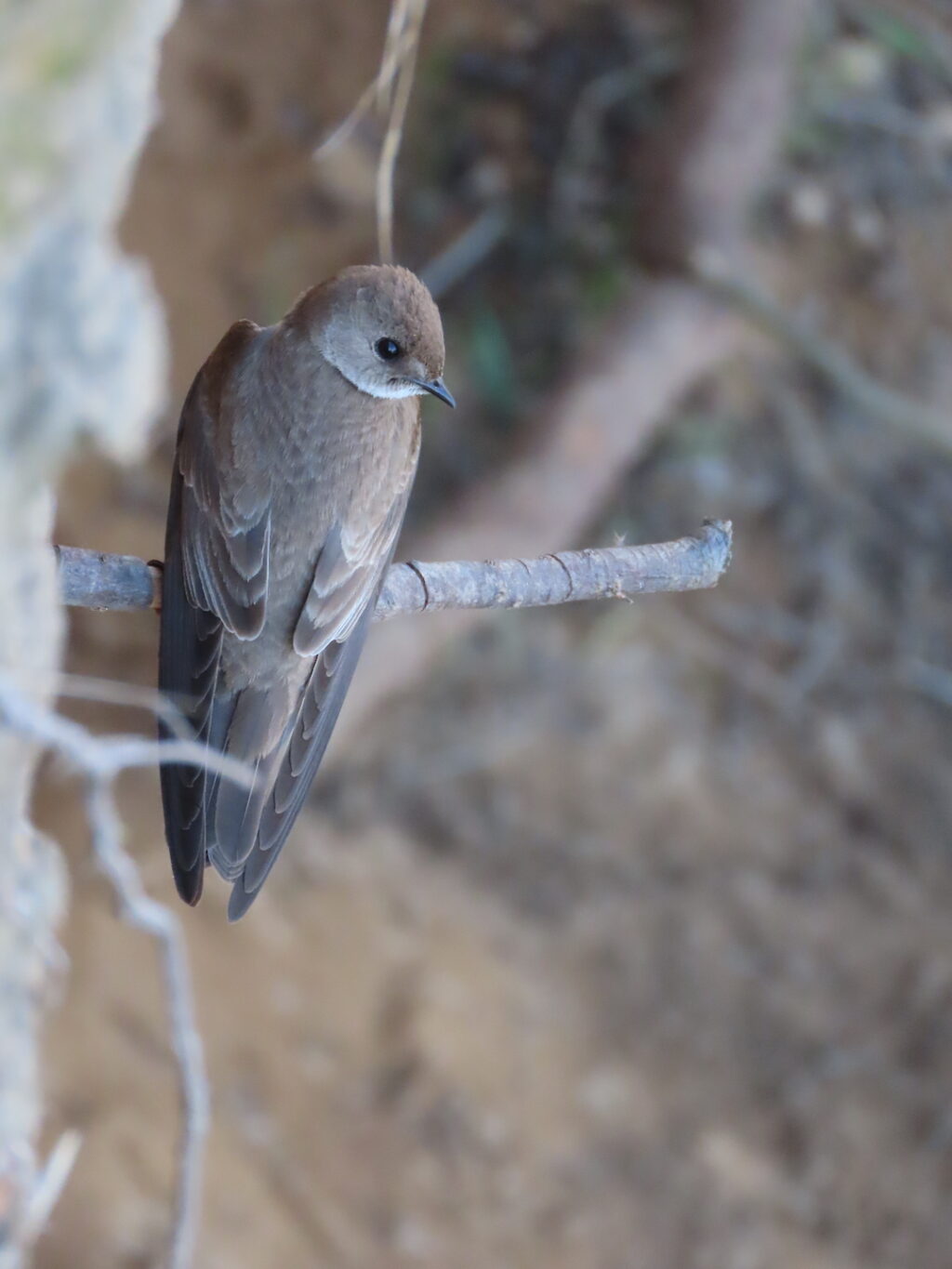

Forty-five Lawrence’s Goldfinches at the Orange Cove wastewater treatment plant January 28 (CR, DJ) represented an unusually large number for winter.

Two White-throated Sparrows, our fourth and fifth this season, were in a northwest Fresno yard January 30 (ph. GF).

Cited Observers: Rachel Clark, Jeff Davis, George Folsom, Chris Hiatt, Daniel Jeffcoach, Josh McLaughlin, Larry Parmeter, Nathan Parmeter, Chris Rempel, Rick Saxton, Jim Tietz. ph. = photographed by. WTP = Wastewater Treatment Plant.
If you make an interesting observation, we’d love to hear about it. We are especially interested in birds listed as casual or rare on the Fresno Audubon checklist and those found out of season, out of normal habitat, or in unusually large numbers. Please submit reports to eBird, the Fresno County Birders e-mail list, or Jeff Davis (jndavis@ucsc.edu).

Member Photographs
Please send your photos in jpeg format with a width of 1024 pixels and a resolution of 72 pixels/inch to rsnow@fresnoaudubon.org with how you want the photo credit to read. Birds may be from anywhere. Limited space may restrict publication to a later issue. We will also showcase your photos on our social media.
Mary Cantrell

Clayton Dahlen
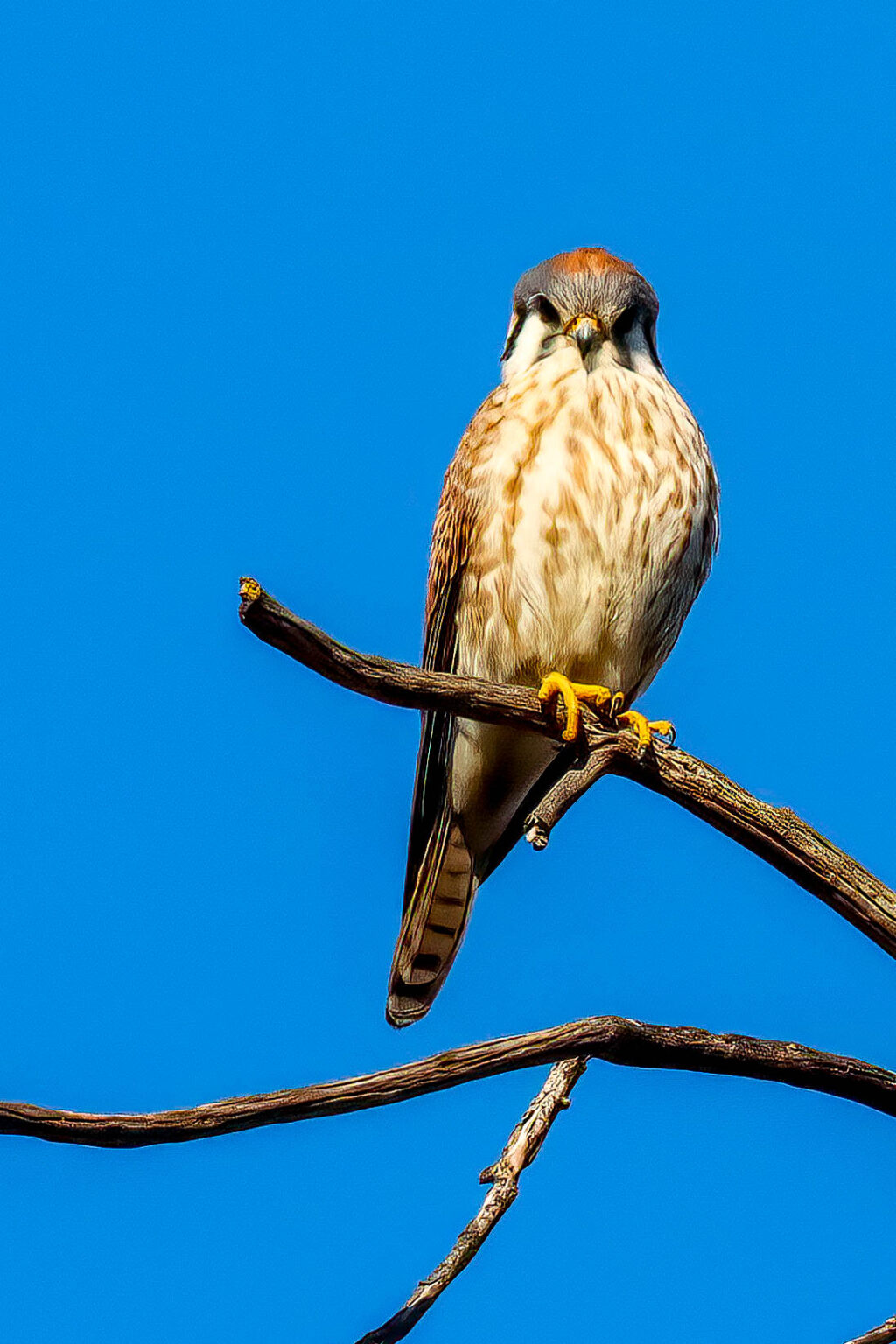
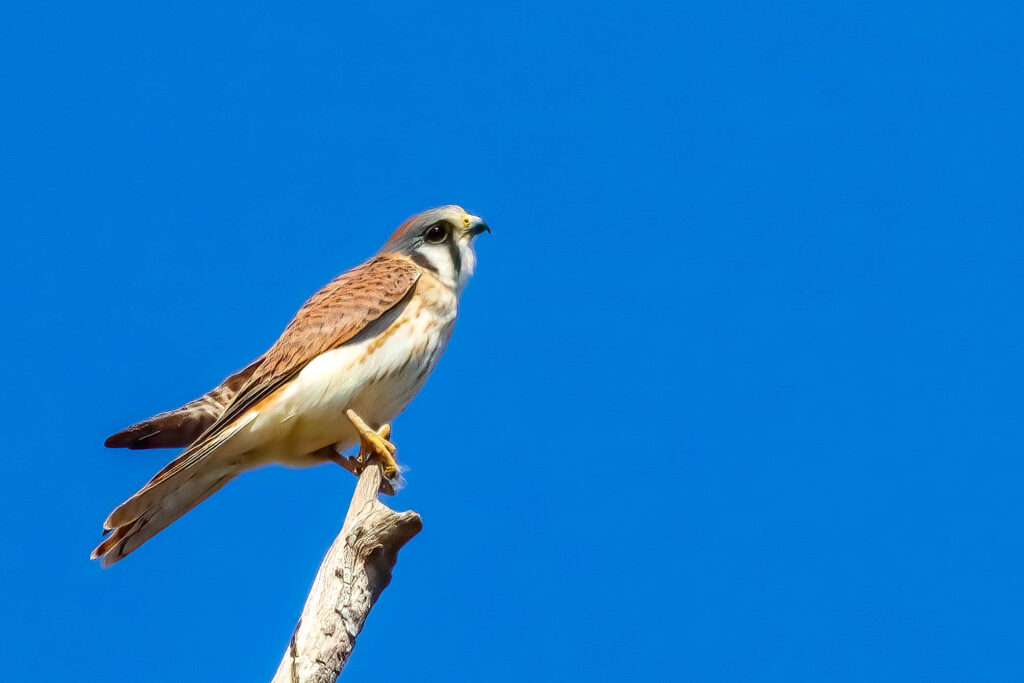
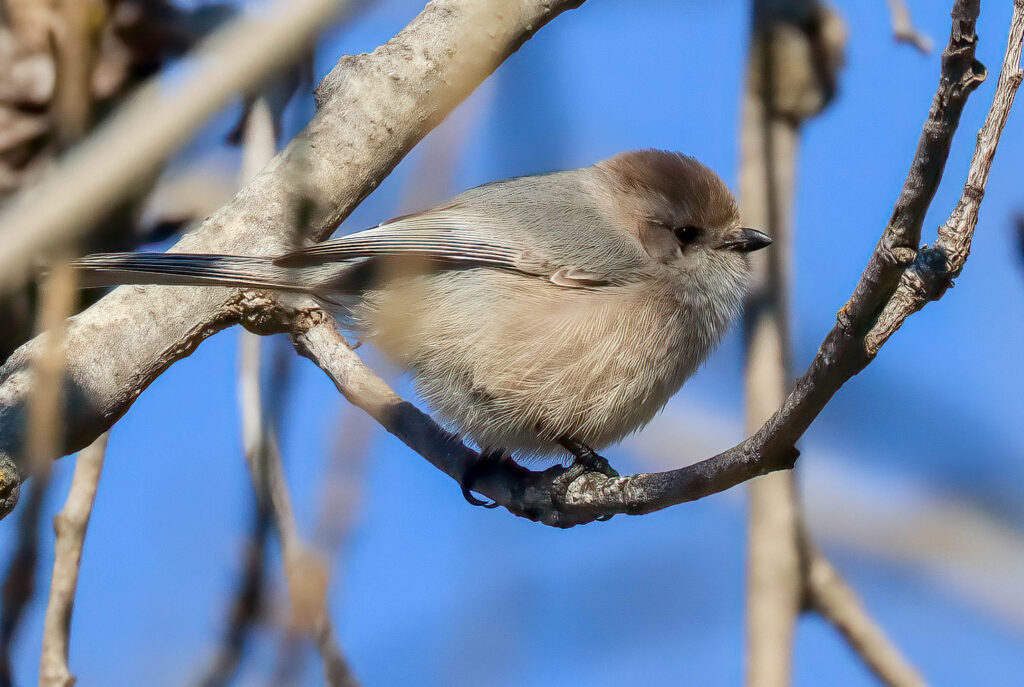
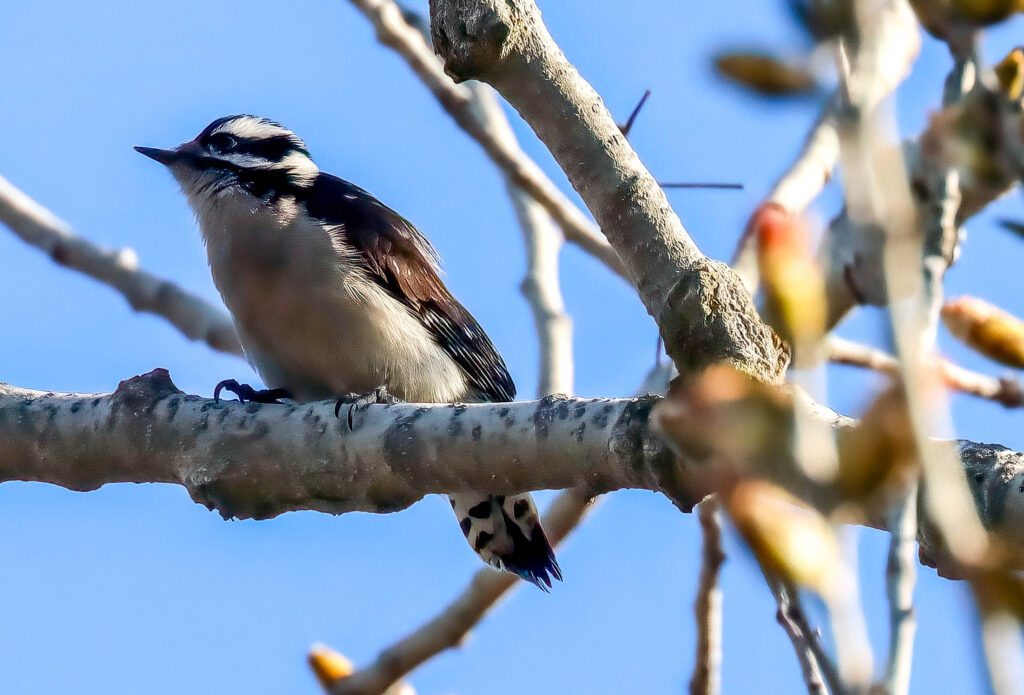
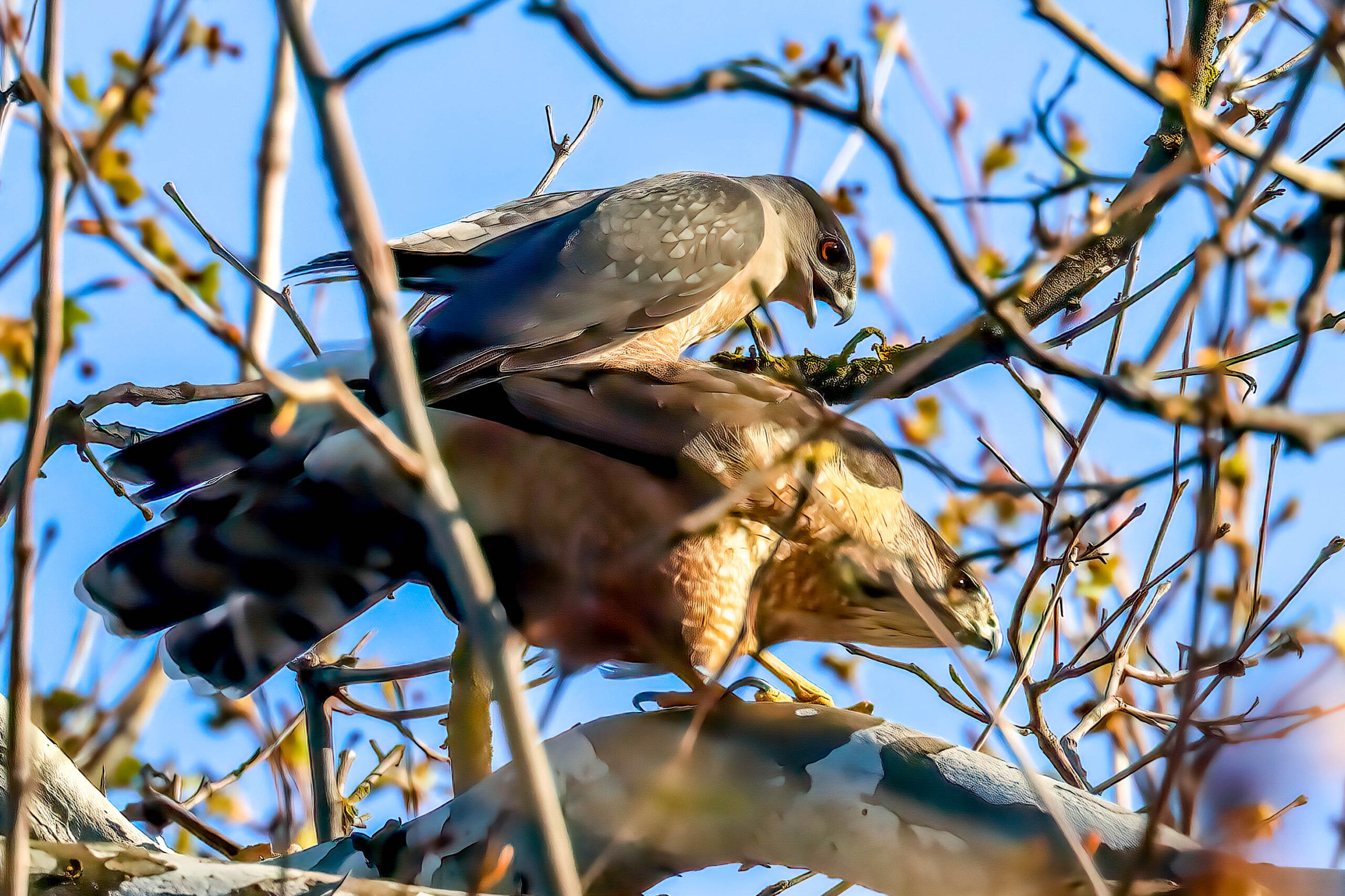
Nina Jones



Deborah Weber



Birds in the News
Links to Recent Articles on Birds
‘The Birds Outsmarted Us’: Magpies Help Each Other Remove Scientists’ Tracking Devices
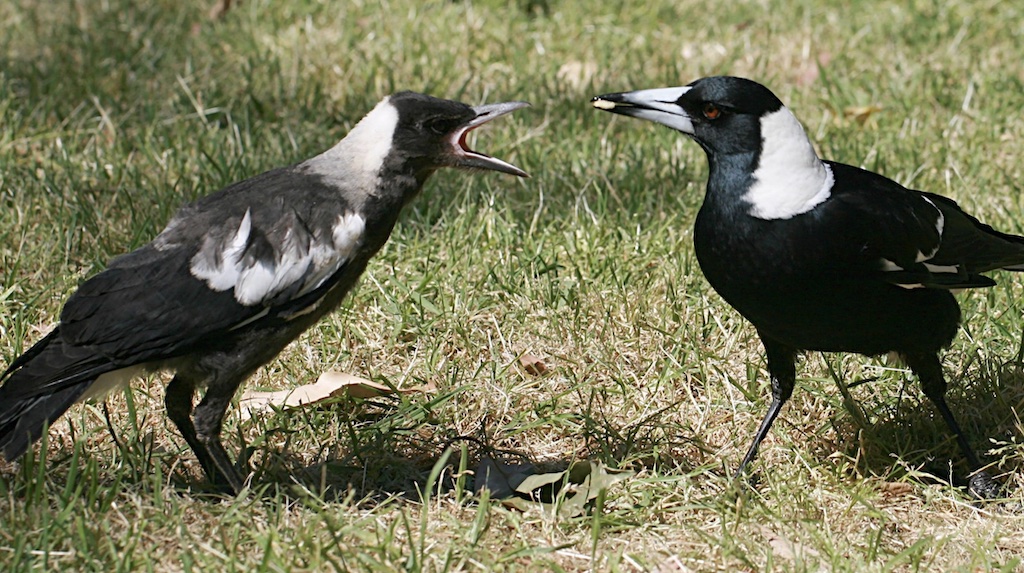
Scientists in Australia thought they had developed an innovative new tracking device to help them monitor magpies, but these crafty birds had other ideas. New research published in Australian Field Ornithology describes an experiment that didn’t go as planned. A small group of Australian magpies (Cracticus tibicen), after being fitted with harness-like tracking devices, unilaterally decided to opt out; the scientists watched as the birds helped each other remove the devices, in what they say is a potential sign of altruism and strong evidence of problem solving among these highly social and intelligent creatures. Read more…
A new theory helps explain the epic mystery of bird migration
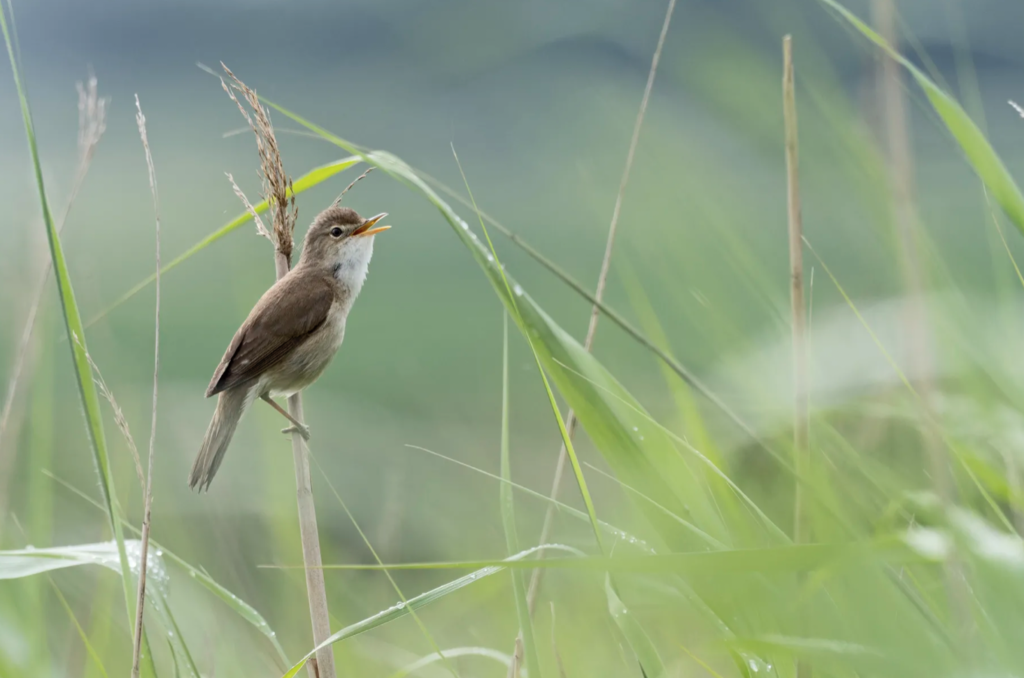
The Eurasian reed warbler might look like any other small brown bird, but up in the air it does something extraordinary. It travels more than 7,000 kilometers(4,350 miles) each year between Europe and Africa, crossing the Sahara Desert and flying as high as 6,000 meters (nearly 4 miles), sometimes staying airborne for 30 hours straight. Even more impressive is its ability to navigate with extreme precision. Year after year, many Eurasian reed warblers, which each weigh half as much as a golf ball, return to the exact same patch of European forest to breed. Scientists sometimes catch them in the very same net they did the year before. And it’s not just warblers. Species from city pigeons to cuckoos are able to home in to a precise location, as if it’s saved in some kind of internal Google Maps. Read more…
10 Practical Bird Photography Tips for Capturing Action
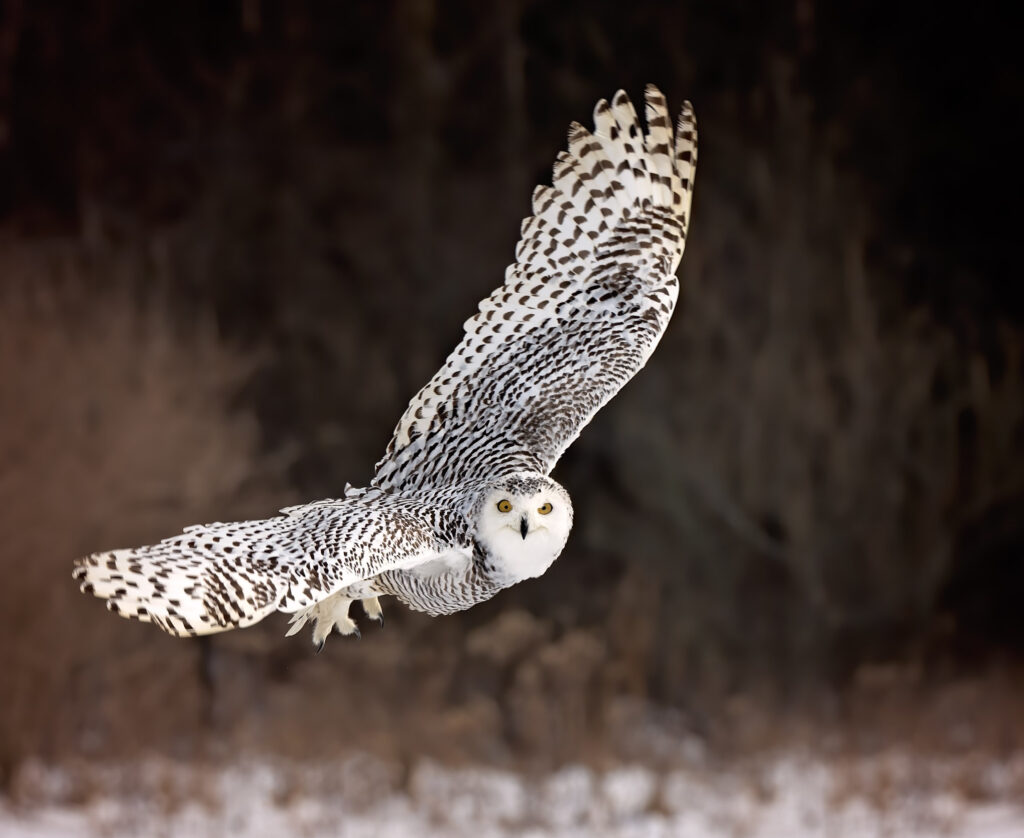
Bird photography has some of the same challenges as all wildlife photography. Subjects are unpredictable by their very nature, beautiful light is sometimes challenging to find and you may find yourself sitting there for hours, waiting for that perfect moment. So while not easy to capture, these kinds of shots can be yours if you are willing to follow some time tested techniques. Remember these bird photography tips by Jane Palmer next time you head out into the wilderness. Read more…
The mysterious case of America’s dying songbirds
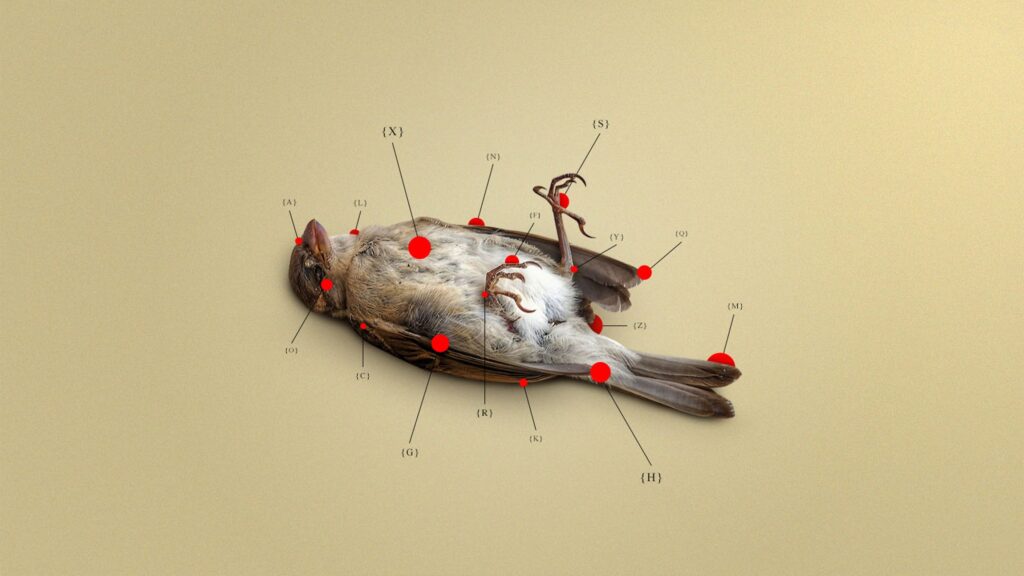
Common birds, like the blue jay, are turning up sick or dead across the eastern US. What’s killing them? Read more…
The best camera settings for bird photography
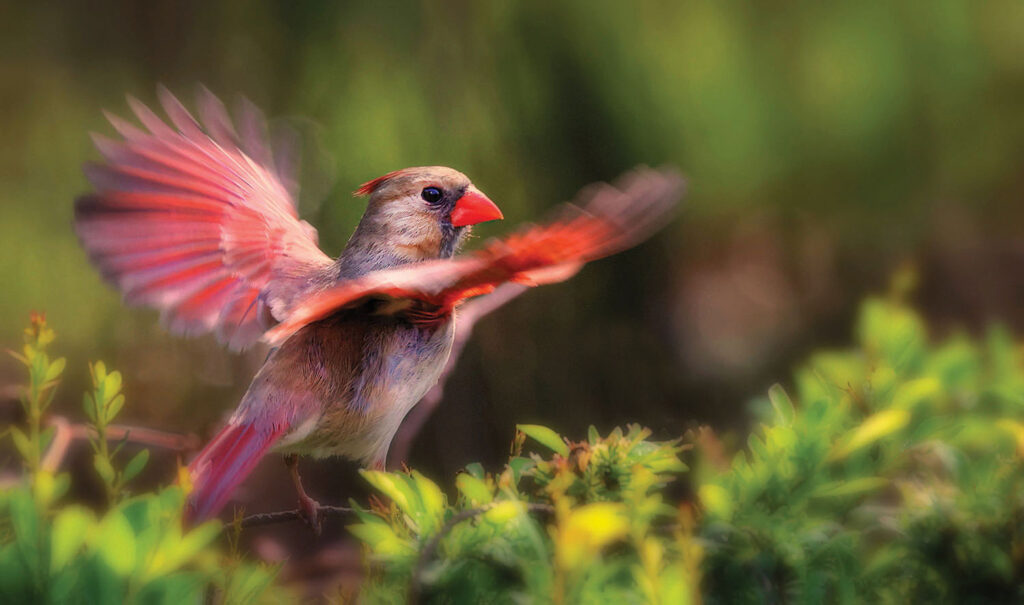
At my bird-photography workshops and tours, the question I get asked most often is, “Hey Rick, what’s your f-stop?” Basically, the photographers are asking me for my camera settings: ISO, aperture, and shutter speed. I reply with a smile, “What’s your creative vision?” I share this because the answers to both questions are equally important: A photographer needs to have the best camera settings to get the best in-camera image, and a photographer needs to have a creative vision to make a good photograph. The first step to a great shot is getting it right in the camera. Let me take you through a few time-proven suggestions. Read more…
Superb Owl Sunday VI
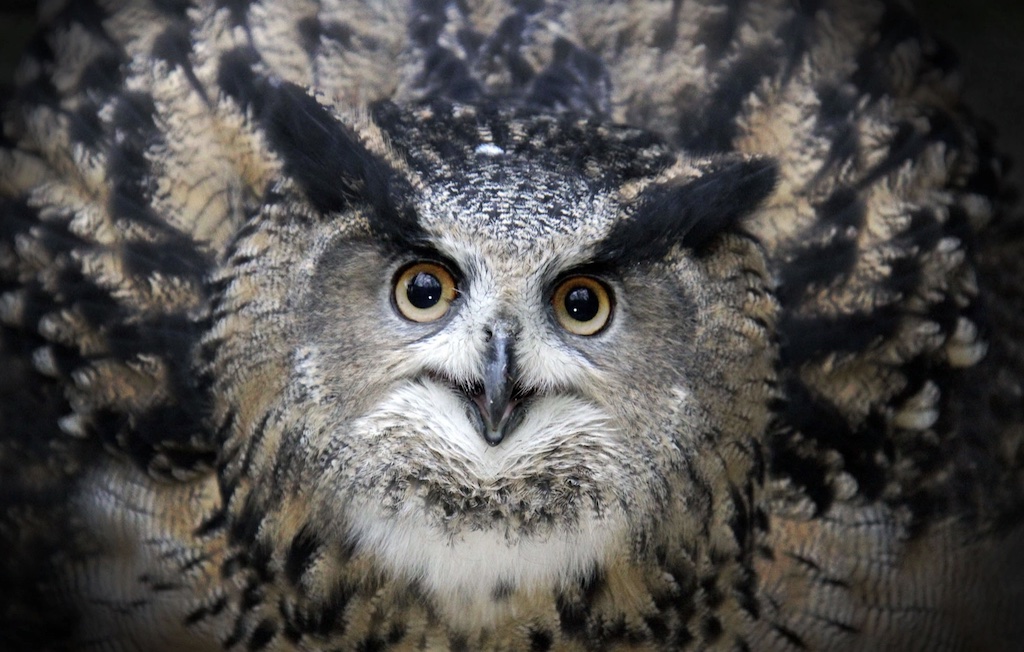
A special Sunday event: our sixth annual photographic essay celebrating such magnificent birds of prey. These nocturnal hunters hail from Europe, Asia, North America, and South America and are captured here in photos from recent years. If you have some time today before the big game (or are skipping the event entirely), I invite you to take a look. It is always a hoot to put this collection together. Read more…
Weathering climate change may be easier for birds with big brains
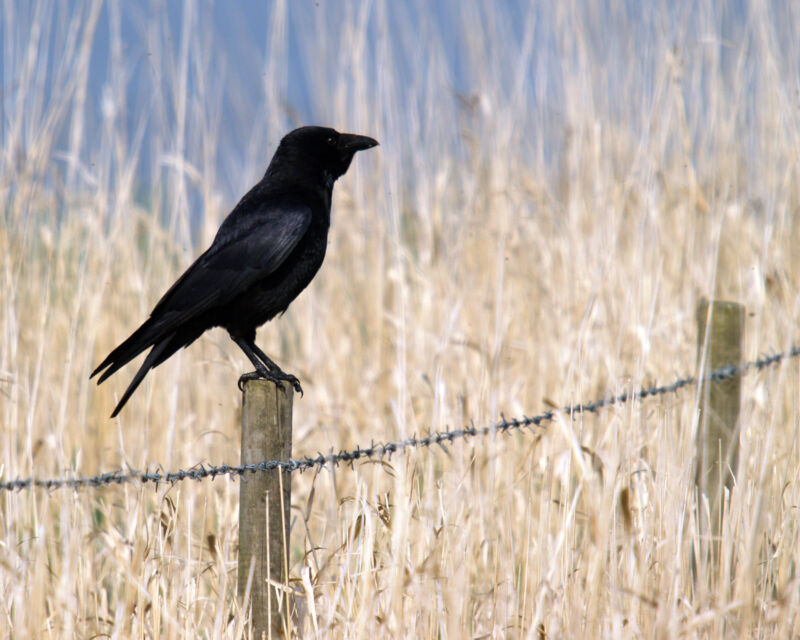
Many bird species are slowly but surely getting smaller. One study from 2019 looked at more than 70,000 North American migratory birds across 52 species that met untimely ends by flying into Chicago buildings from 1978 to 2016. It suggests that birds in this diverse set had consistently grown smaller as the summers had grown hotter through climate change over the past 40 years. While this shrinking was observed across these migratory species, new research suggests that birds with bigger brains—relative to their body size—aren’t shrinking like their smaller-brained kin. The research posits that birds like corvids may be better able to survive climate change simply because they are “smarter” in some sense. Read more…
New Fossil Birds Discovered Near China’s Great Wall: One Had Movable, Sensitive ‘Chin’
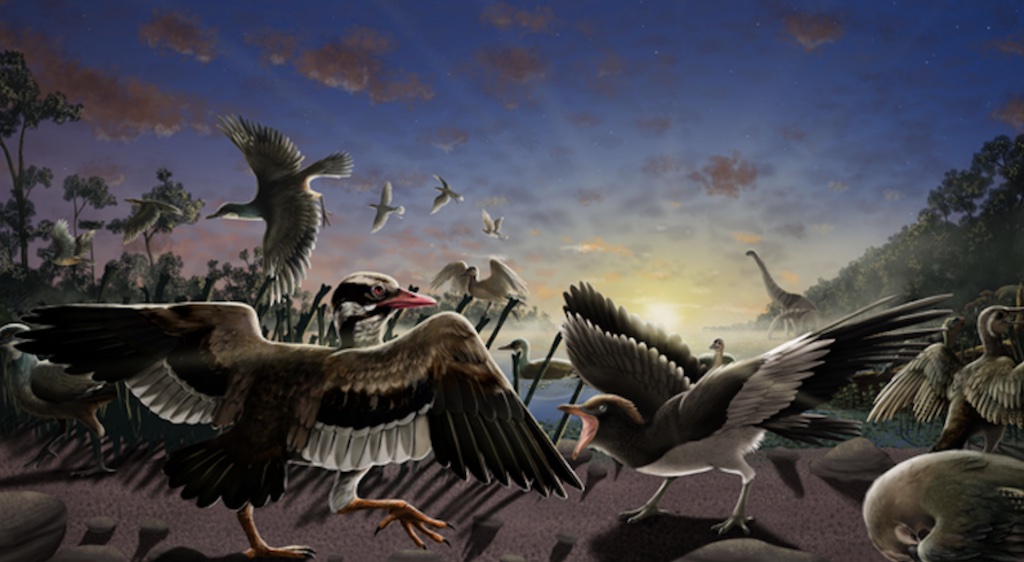
Do Birds Have Language?
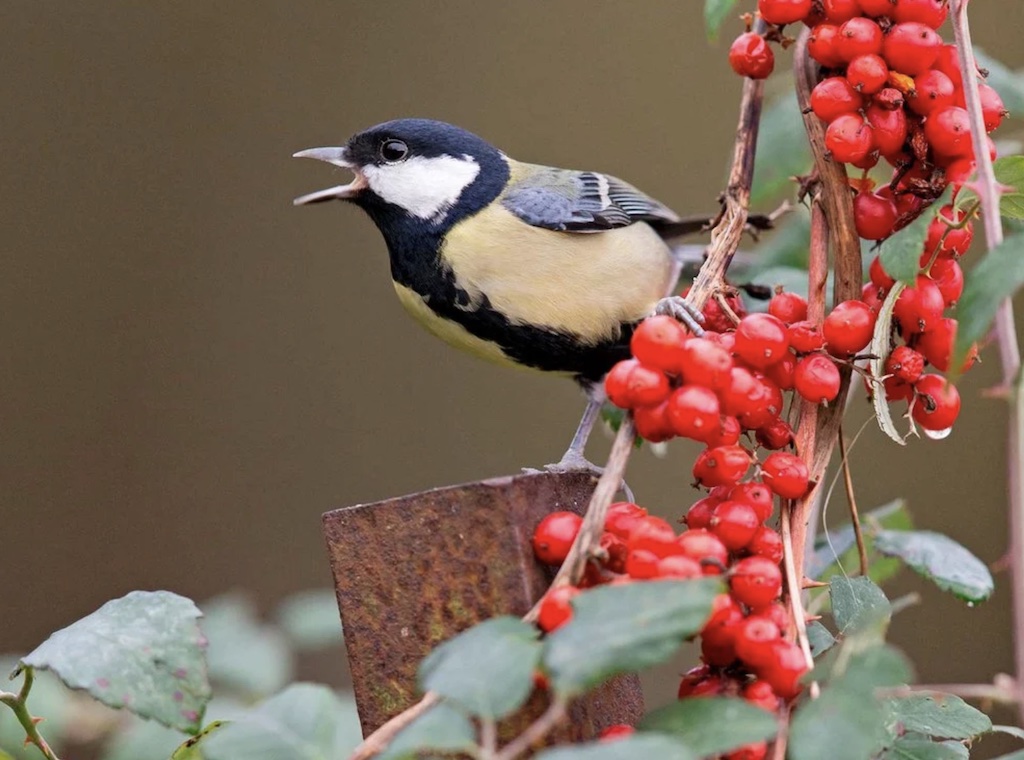
In our quest to find what makes humans unique, we often compare ourselves with our closest relatives: the great apes. But when it comes to understanding the quintessentially human capacity for language, scientists are finding that the most tantalizing clues lay farther afield. Human language is made possible by an impressive aptitude for vocal learning. Infants hear sounds and words, form memories of them, and later try to produce those sounds, improving as they grow up. Most animals cannot learn to imitate sounds at all. Though nonhuman primates can learn how to use innate vocalizations in new ways, they don’t show a similar ability to learn new calls. Interestingly, a small number of more distant mammal species, including dolphins and bats, do have this capacity. But among the scattering of nonhuman vocal learners across the branches of the bush of life, the most impressive are birds — hands (wings?) down. Read more…
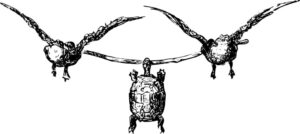
Membership
If you are not already a member, please consider joining Fresno Audubon Society. You can join on our website here: https://fresnoaudubon.org/become-a-member


Sorry, the comment form is closed at this time.